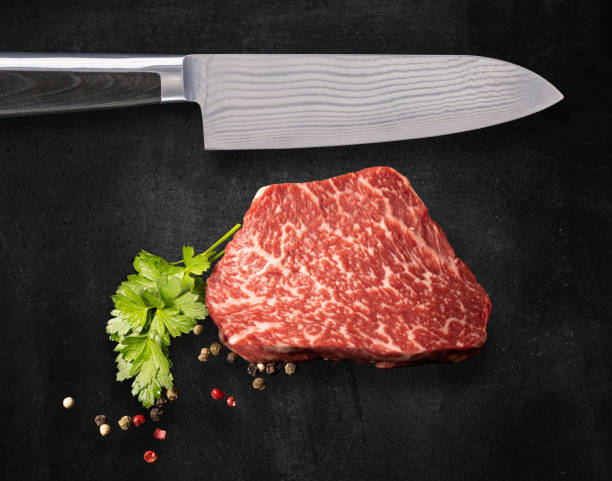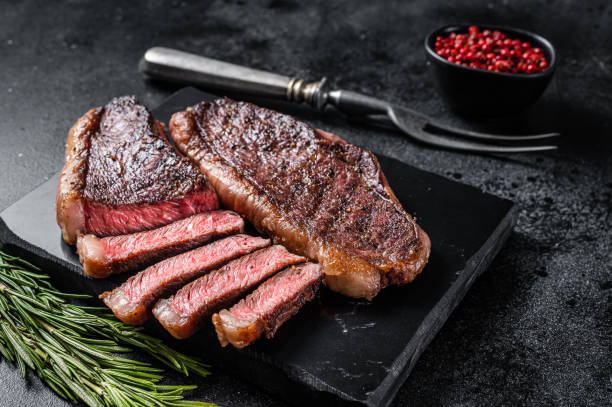Assuming all steaks are the same
The first error is thinking that getting a "steak" is an easy endeavor! There are various categories into which steaks can be divided, and each one has distinctive qualities. The cut, or what muscle you're cooking, is the first distinctive characteristic. More delicious, marbled cuts like ribeye or New York strip will be more tolerant of overcooking than cuts like filet mignon, which are tender and contain less fat. Some, like flank or skirt steak, do best when marinated, grilled, and then thinly cut against the grain to lessen chewiness (via The Spruce Eats).
Several USDA-grade shields are available for steaks, with Prime having the most marbling and Select being the leanest and requiring the most skill to prepare properly. Although there is nothing wrong with cheaper cuts of steak, they can be alluring to a steak newbie. However, if you want Prime, choose it! Another label you frequently see on steak packaging refers to the type of feed the cow received, such as grass, grain, or a combination of the two. The Organic Butcher suggests cooking grass-fed steaks at a lower temperature to avoid the tendency for them to become harder owing to a lack of fat.















